Introduction
Since the beginning of blockchain, many new and unfamiliar terms have been thrown around by more seasoned veterans of the tech world much to the chagrin and confusion of the newer users. One of those terms which you may have heard is the term EVM. Now, everyone knows the E stands for Ethereum, but what do the other letters stand for? Well, EVM stands for Ethereum Virtual Machine and can be loosely defined as a computation engine which acts like a decentralised computer that manages the state of the Ethereum blockchain.
What is EVM?
So, what is EVM? When hearing the term “virtual machine”, most would assume that it is similar to modern-day cloud computing, where tasks can be done by this huge computer created from a combination of computing power from users all around the world. This assumption would not be too far off, since all Ethereum nodes natively support EVM through the client software required to run one such as GETH or Nethermind, which means that EVM is a group of computers working together to upkeep the Ethereum network. EVM isn’t something physical but is a software CPU which helps to execute certain functions in the form of byte code. EVM also isn’t controlled by any one single party; anyone who runs a node with an Ethereum client becomes a part of it giving it the distinction of being decentralised. Finally, EVM is also isolated from other chain files and can run certain contracts from a sandbox, meaning that it cannot be hacked since it can only interact with the Ethereum chain, nothing else. A lot of information? Indeed, but hold on, we still have to understand why EVM is such a magnificent project.
Importance of EVM
To keep things simple, EVM is the distinguishing feature of the Ethereum blockchain which allows developers to launch smart contracts coded in Solidity, thus helping to give birth to dApps. These decentralised protocols and exchanges permit users to interact directly with the blockchain in various ways through a clean and simple user interface, without needing to become a Solidity architect themselves. A common term associated with EVM is that it is “quasi-turing complete”, meaning that it can solve problems by executing an algorithm or program but is limited by the amount of gas provided. EVM gives the Ethereum blockchain way more functionality compared to older blockchains such as Bitcoin and Ripple.
EVM compatible chains
With the popularisation of cryptocurrency, Ethereum has grown into the largest and by far most used chain in the space. According to DefiLlama, there are approximately 26.9 billion USD locked into various projects and tokens on the ETH chain, amounting to over 50% of the money invested into DeFi blockchains. Therefore, due to the ever-increasing number of users, scalability has become quite a prominent issue which can be solved by developing independent chains that have their ecosystem but are “EVM compatible”.
Again, another question here, what does it mean to be EVM compatible? To be EVM compatible means that whatever projects work on the ETH chain will work just fine on the new chain. Instead of reinventing the wheel and coding another solution, developers can just copy certain parts of the ETH chain. This in essence creates an Ethereum clone which allows for more users, faster and cheaper transactions and most importantly, interoperability with the original ETH chain. Users can then bridge funds from across these EVM-compatible chains using protocols such as Hop or Layerswap.
Examples of EVM-Compatible Chains
BSC (BNB Chain)
Previously called the Binance Smart Chain (BSC), this chain was founded in 2017 by the centralised exchange Binance to create a decentralised environment for Binance users to store their assets. BNB was launched alongside it to serve as a native token. The BNB Smart Chain operates parallelly to the ETH chain providing an alternative platform for dApps.
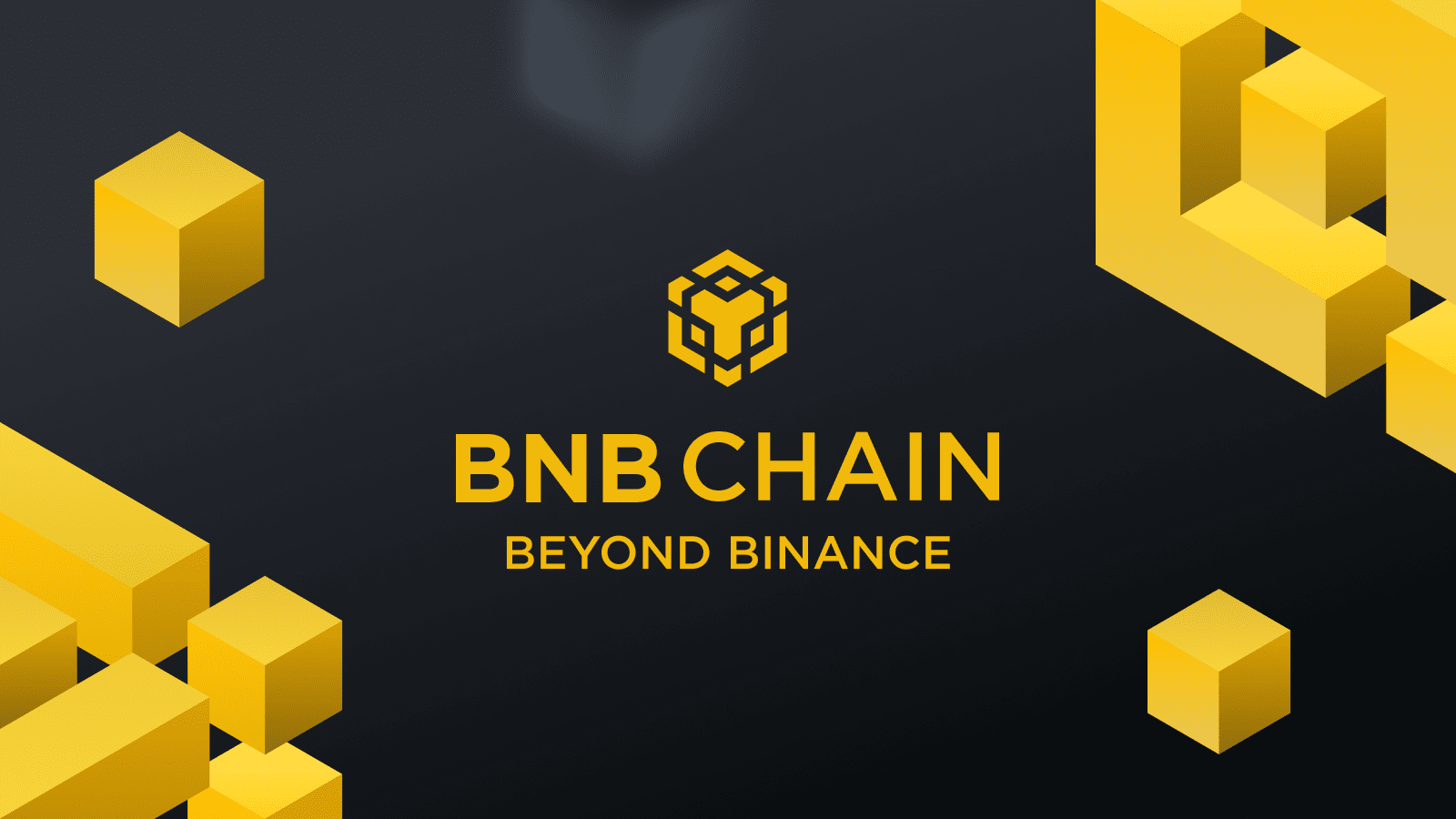
Polygon
Previously called the MATIC chain, Polygon is one of the first EVM-compatible chains boasting extremely low gas fees and fast transaction times. Their native coin is MATIC, which is used to pay for gas fees and is also widely traded by investors.

Arbitrum One
Classified as a Layer 2 chain, Arbitrum employs optimistic rollups which help to significantly reduce transaction time and cost by quickly bundling transactions to be submitted to the mainnet. Their recent Arbitrum odyssey was something much talked about in the crypto community, with millions of dollars being airdropped to early users.
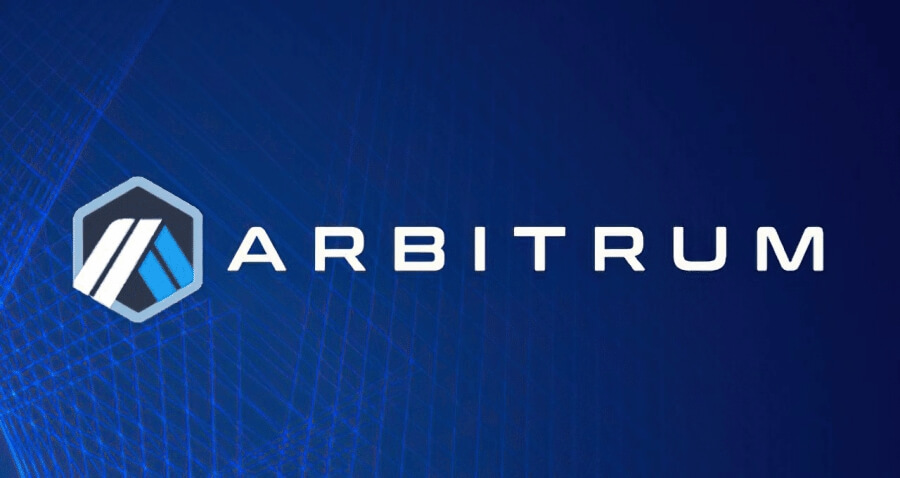
Optimism
Also, another Layer 2 chain employs optimistic rollups but has a significantly smaller community and Total Value Locked (TVL). The Optimism team also airdropped their native OP tokens to early users to boost the growth of the chain. Their OP token also serves as a DAO token, making anyone who owns them eligible to vote on changes they want to see on the Optimism change.
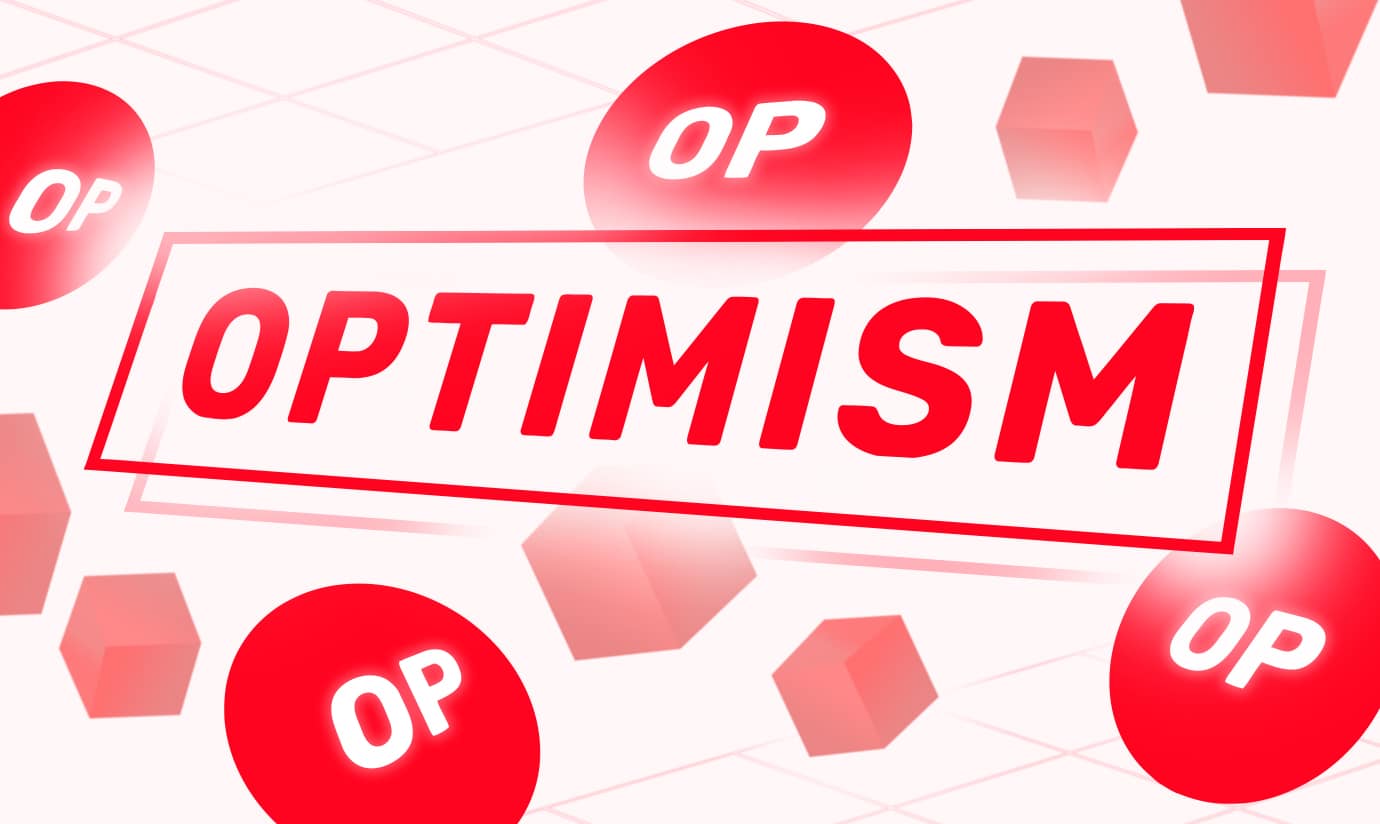
zkEVM
A zkEVM is an EVM-compatible rollup that combines the enhanced functionality of Optimistic Rollup solutions with the security of earlier zk-Rollup options. It utilizes zero-knowledge proofs (ZKPs) for security. This enables zkEVMs to offer advanced Ethereum process functionality, such as smart contracts and dApps while reducing gas costs and increasing network throughput on the Ethereum platform.
zkSync
zkSync is a chain which uses zkEVM technology, which means that one party can prove to someone else that something is true without needing to reveal any information. This makes it more secure than Optimistic Rollups and can slash gas fees by up to 100 times. zkSync is classified as a Type 4 zkEVM, meaning that it is EVM compatible, but may not be able to run certain infrastructure the same way on Ethereum.
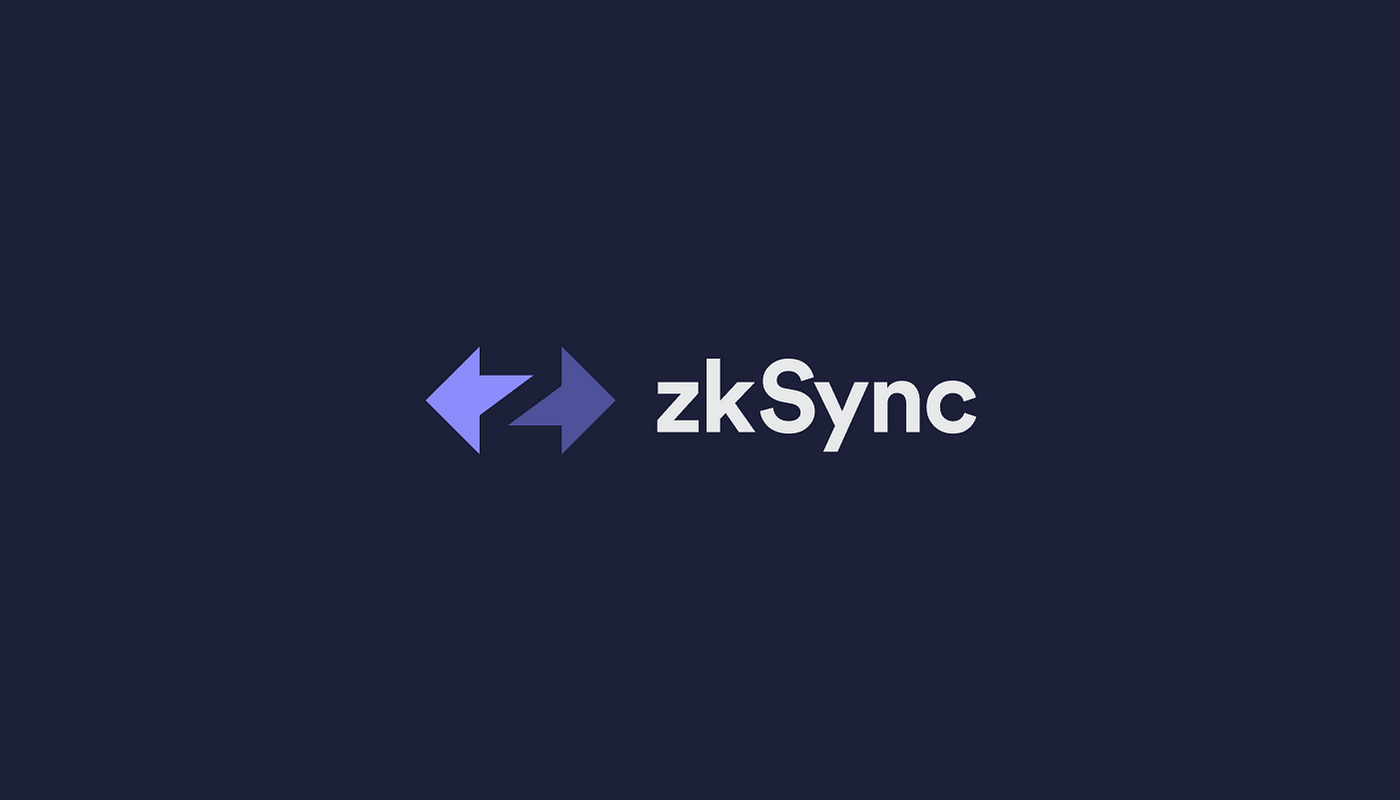
Non-EVM compatible chains
Solana
The final type of chain discussed in this article would be non-EVM chains, or simply put, chains which are not coded in Solidity and cannot interact with Ethereum chain. The Solana chain with its native coin SOL, is an example of one and has a virtual machine that executes smart contracts written in Rust. The Solana chain implements a Proof of History system to generate set timestamps for each block allowing for exceptional scalability and faster transaction processing times.
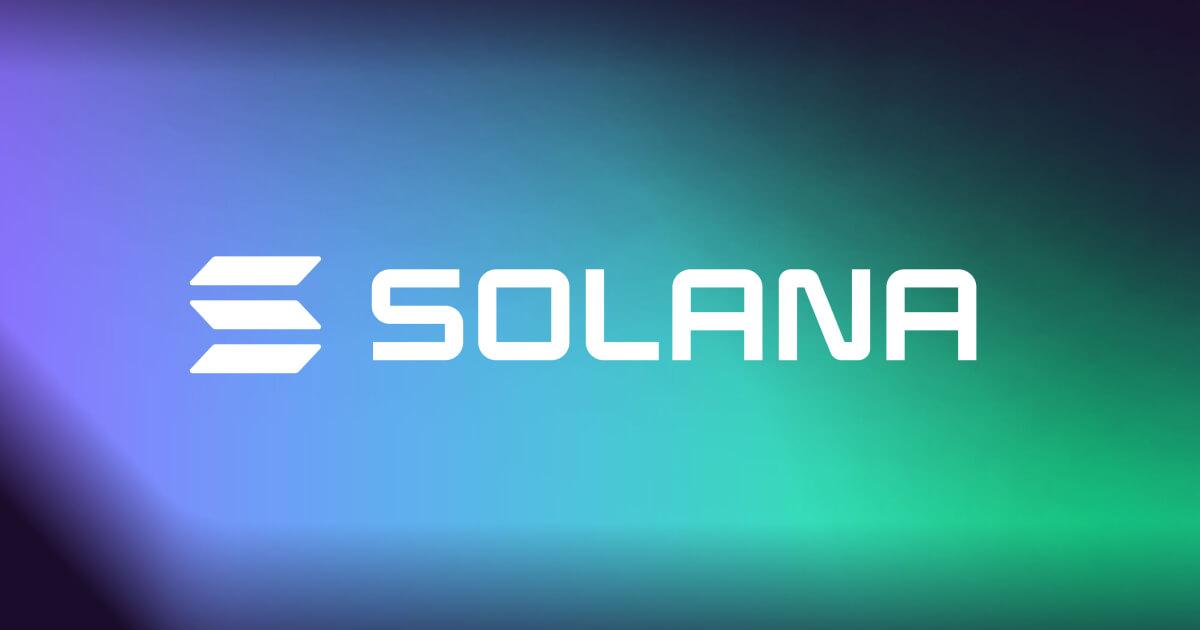
Conclusion
The Ethereum Virtual Machine (EVM) is a decentralized computation engine that executes functions in the form of bytecode, allowing developers to launch smart contracts and build decentralized applications (dApps) on the Ethereum blockchain. EVM-compatible chains, such as Binance Smart Chain, Polygon, Arbitrum, Optimism, and zkSync, replicate parts of the Ethereum chain, enabling faster and cheaper transactions, scalability, and interoperability with the original ETH chain. Solana, on the other hand, is a non-EVM chain with its virtual machine, offering high scalability and fast transaction processing but lacking direct interaction with the Ethereum chain. Overall, the EVM and EVM-compatible chains have significantly expanded the capabilities and adoption of blockchain technology, providing users and developers with diverse options for building and engaging with decentralized applications.
